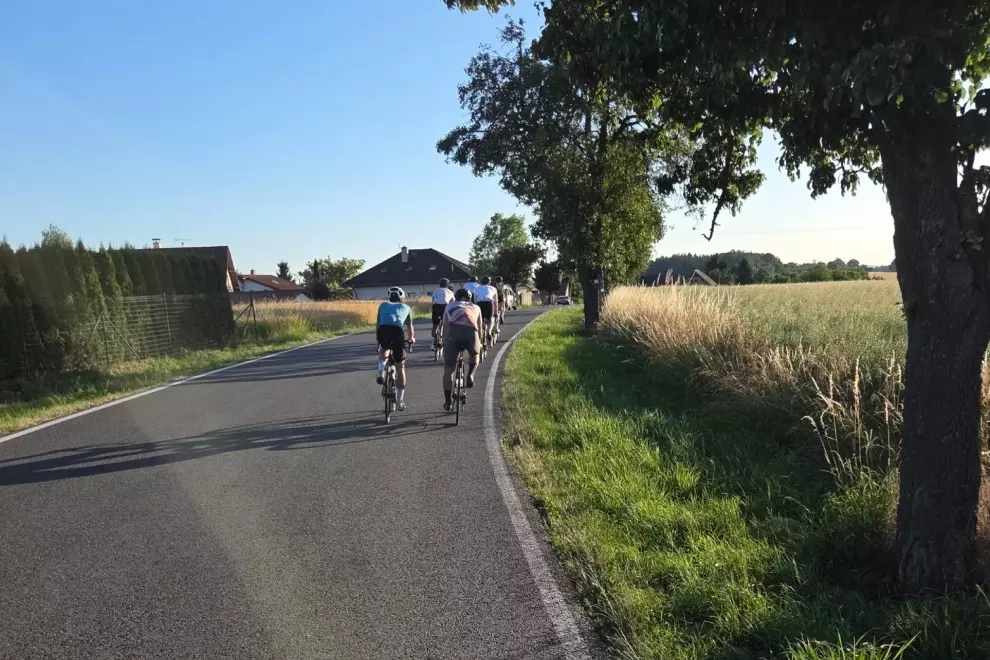The bicycles were manufactured by the British company BSA founded in 1880, which became famous mainly for its motorcycle production line. During the Great War, the Birmingham-based company supplied the army with machine guns followed by cheap and reliable bicycles that proved easier to care for than horses. The company kept producing the bikes even after the war, and so it could meet the army demand when World War II exploded.
More than 130,000 bikes were delivered of which roughly half were designed in a folding version intended to be deployed in gliders or dropped with paratroopers. Two hinges fitted with butterfly nuts enabled a quick folding that made the bike easier to transport. Apart from the Normandy invasion, the airborne bikes served also in the famous, yet grievous operation Market Garden in the Netherlands later in 1944.
https://www.instagram.com/p/CpIhmmSqBb7/?img_index=1
Hundreds of discarded bikes served to local civilians during and after the war. Since people rode them until disintegration, only a handful of samples survived. One of them is displayed in Juno Beach Centre, the Canadian museum near the beach where Canadian troopers landed back in 1944. On the exhibition centre website, you can read a complex story behind a bike that remained almost intact till the present day.
The bicycle belonged to Marius Aubé, a member of the Royal Canadian Army Service Corps that landed on the beach at Graye-sur-Mer on D-Day. During his mission, Marius found a warm refuge with a French family living on a farm in Banville. After the unit left the city, he gave the bike to the family’s fourteen-year-old lad Christian Costil, making him a long-life friend. Christian used the bike for daily commuting and then later when working as a meter reader. He cherished the bicycle even after his retirement in 1985 and left it to the museum in his will after he died in 2020.




